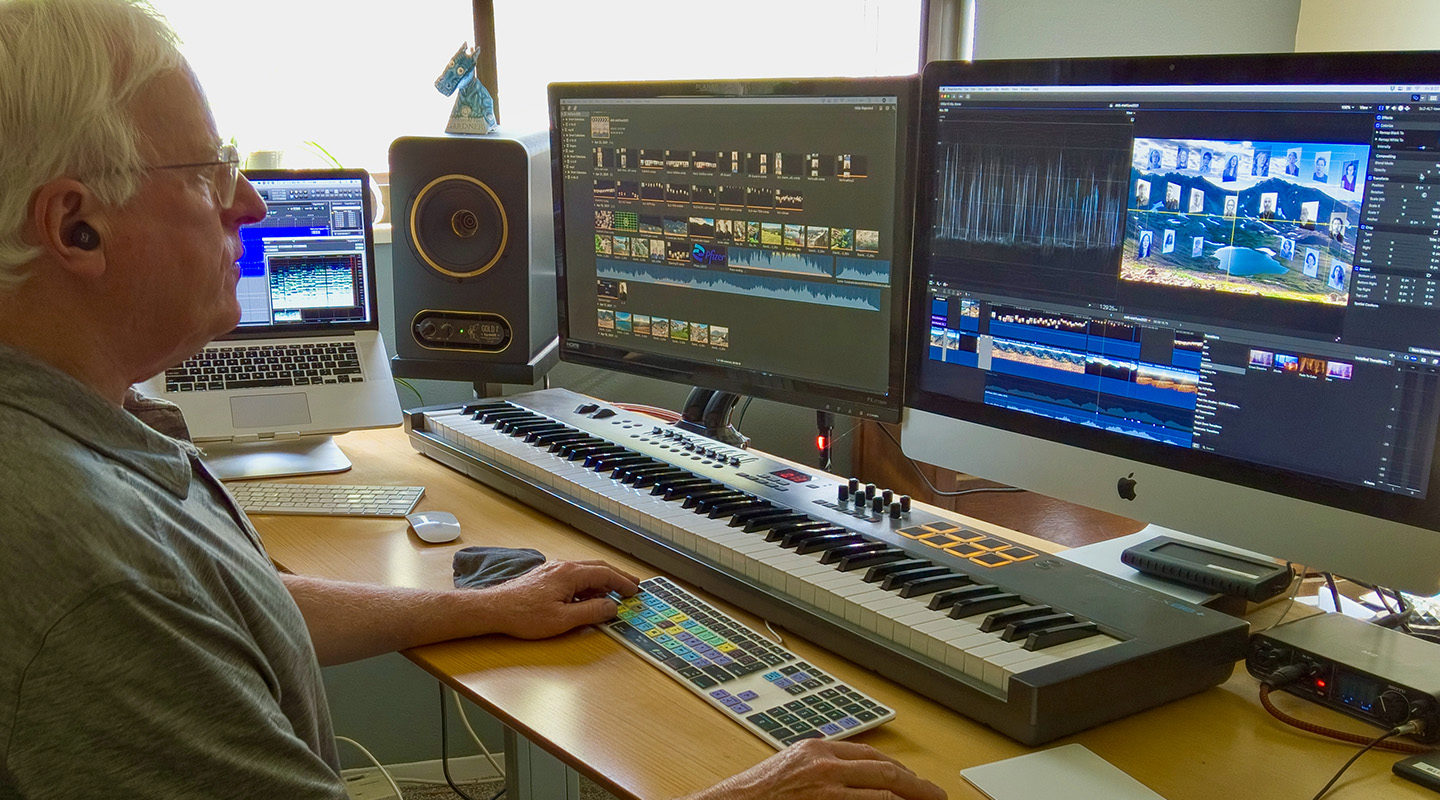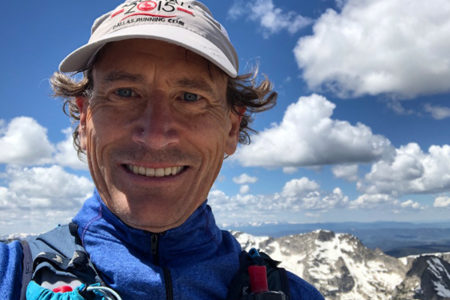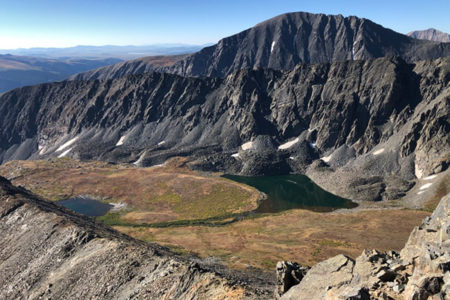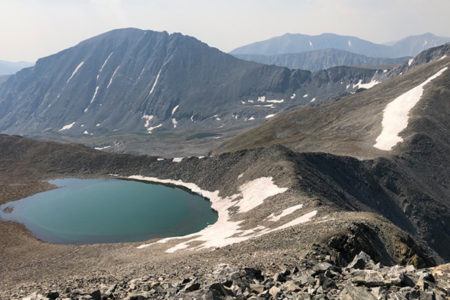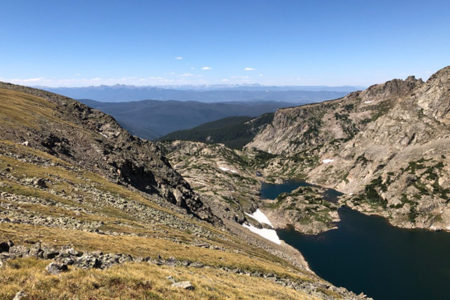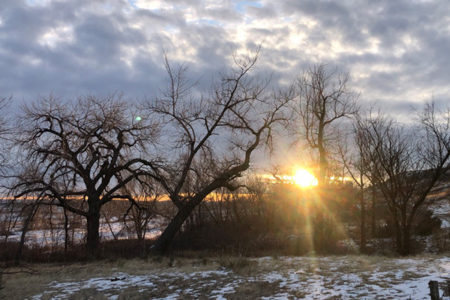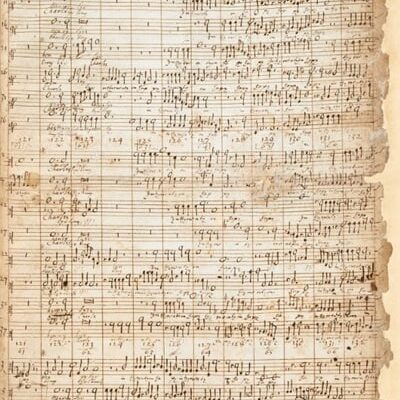Artistic Director Thomas Morgan shares behind-the-scenes highlights from his work on our latest globe-trotting rendition of “Irish Tune”
Percy Grainger (1882-1961) was a naturalized American citizen born in Melbourne, Australia; schooled in Frankfurt, Germany; and practiced in London, England. Spanning continents and career tracks (he was simultaneously a concert pianist, composer, folksong collector, and arranger!), Percy’s professional life eventually brought him to New York, just as World War I was ramping up.
Grainger arranged Irish Tune from County Derry for chorus in 1902, noting on the manuscript that it was an “Old Irish Tune, wordless and nameless.” In 1913, English songwriter Frederic Weatherly added the now-famous text, and the tune has since become widely known as “Danny Boy.” (Can you hear it?)
I first adapted and edited Grainger’s setting for Ars Nova Singers almost 30 years ago, in 1995. The six-voice divisi (the division of a single section of instruments/parts into multiple subsections) creates a rich and flowing texture that has made it a favorite of our singers and audiences throughout the years. When we were contemplating pieces that would allow us to involve alumni singers in performance, this work came to the fore, both for its accessibility and for the sheer number of singers who have performed it with us over the years.
